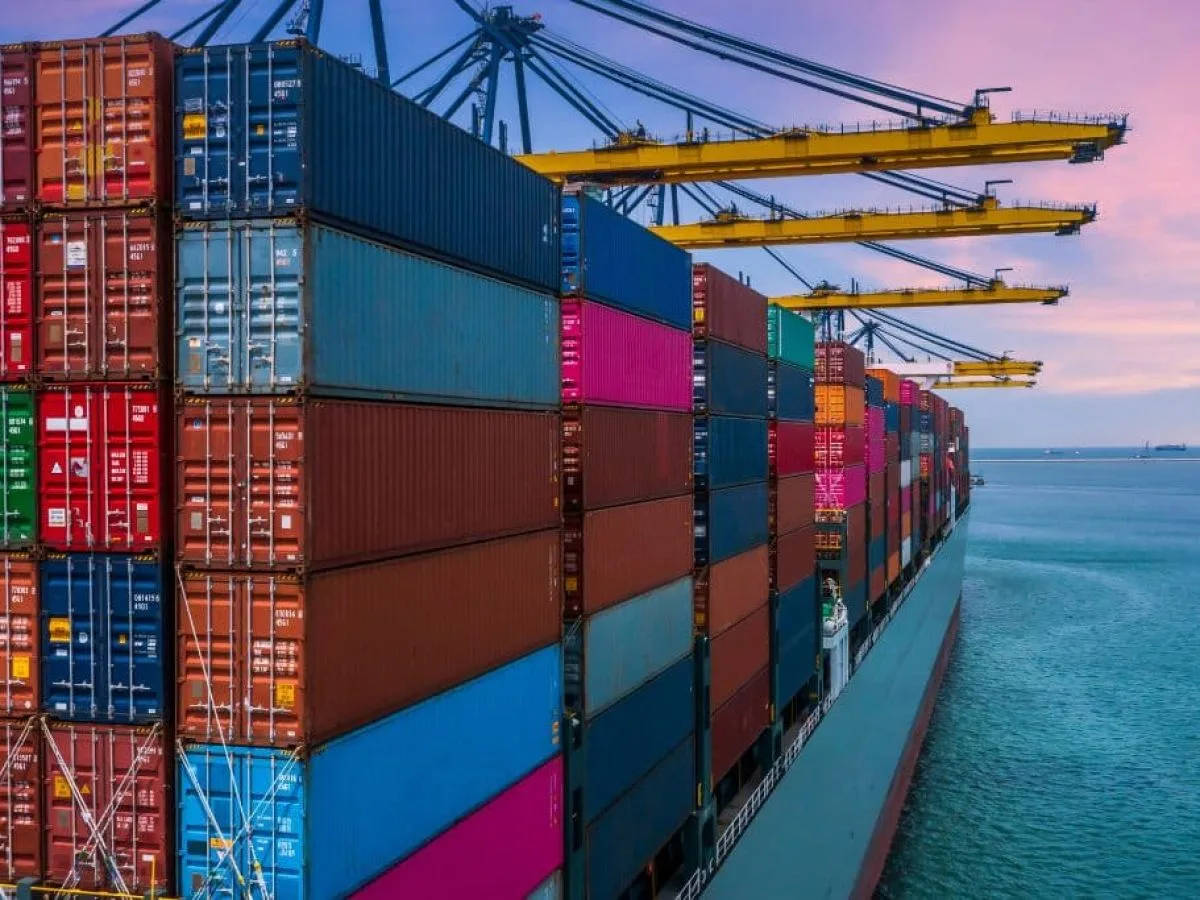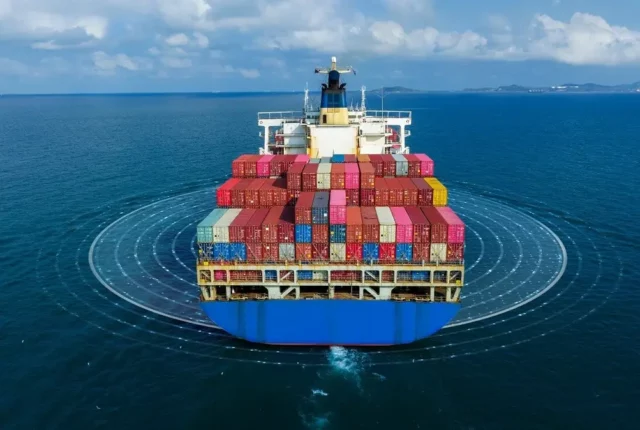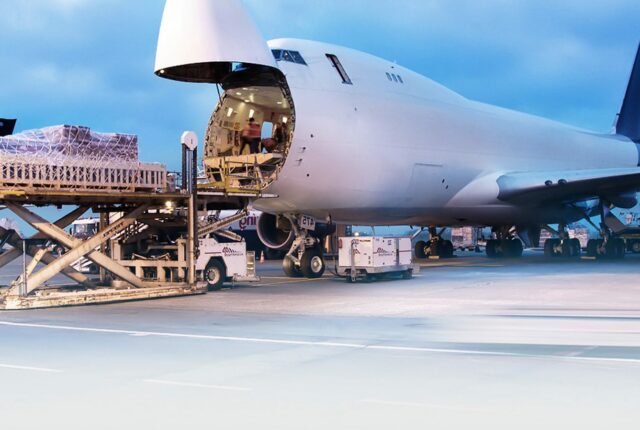
Navigating the Waves: Global Events & Sea Freight Rates
Have you ever tossed a stone into a pond and watched the ripples spread out far and wide?
Just like that stone’s impact on the water, global events can send waves through the world of sea freight, affecting everything from the cost of shipping your favorite goods to the availability of products on store shelves. In this article, we’ll dive into the intricate world of sea freight rates and explore how international occurrences can create a domino effect that influences these rates, touching lives and economies globally.
Understanding Sea Freight Rates
Before we can understand how global events affect sea freight rates, it’s essential to grasp what these rates are and what factors influence them. Sea freight rates are the costs associated with transporting goods across the ocean. These rates can fluctuate based on a myriad of factors including fuel prices, port fees, supply and demand, and the overall state of the global economy.
The Impact of Global Economic Policies
Economic policies from powerhouse countries can send shockwaves through the sea freight industry. For instance, when a major economy decides to impose tariffs on imported goods, it doesn’t just affect the two countries involved; it affects global trade routes, changing demand and possibly rerouting ships to different ports, which in turn influences freight rates.
Oil Prices and Their Influence
Just as the price of gas can affect your daily commute costs, fluctuations in oil prices can significantly impact sea freight rates. Higher oil prices mean higher fuel costs for ships, which usually translates to higher freight rates for shippers.
Natural Disasters: Immediate Effects and Long-term Repercussions
Natural disasters can have an immediate impact on sea freight rates by disrupting port operations and shipping routes. For example, a powerful hurricane can close ports, delay shipments, and reduce capacity, leading to higher rates due to reduced supply.
Political Instability and Conflict Zones
Areas of political unrest and conflict can pose significant risks for sea freight routes. Shipping companies may need to reroute their vessels to avoid these areas, leading to longer transit times and higher costs.
Trade Agreements and Regulatory Changes
The signing or dissolution of trade agreements can open up new shipping lanes or close off existing ones, impacting sea freight rates. Similarly, changes in maritime regulations can affect operating costs for carriers, influencing freight rates.
Technological Advancements and Their Role
Innovation in shipping technology and processes can lead to more efficient routes and lower operational costs. However, the adoption of these technologies requires investment, which can temporarily raise rates.
Environmental Regulations and Sustainability Efforts
As the shipping industry moves towards greener practices, compliance with environmental regulations can lead to increased costs in the short term, affecting freight rates.
Consumer Demand and Global Supply Chains
The ebb and flow of consumer demand directly impact sea freight rates. A surge in demand can lead to higher rates as shipping capacity tightens, while a downturn in demand can lead to lower rates.
COVID-19: A Case Study in Disruption
The COVID-19 pandemic has been a stark example of how unexpected global events can drastically affect sea freights rates. Lockdowns and disruptions in the supply chain led to unprecedented volatility in freight rates.
Predicting the Unpredictable: The Future of Sea Freights Rates
With the global landscape constantly changing, predicting sea freights rates is akin to forecasting the weather. However, understanding the factors at play can help stakeholders prepare for future trends.
Just as ripples spread out from a single point of impact, the effects of global events on sea freight rates extend far beyond the immediate point of disruption, influencing global trade, economies, and even the everyday consumer. By staying informed and adaptable, the shipping industry can navigate these turbulent waters, ensuring that the goods we rely on continue to flow smoothly across our global supply chain.
FAQs
What determines sea freights rates?
Sea freight rates are influenced by a variety of factors including fuel prices, port fees, supply and demand, and the overall economic environment.
How do oil prices affect sea freights rates?
Higher oil prices lead to increased fuel costs for ships, which can result in higher sea freight rates due to increased operating expenses.
How has COVID-19 affected sea freights rates?
The COVID-19 pandemic led to significant disruptions in the supply chain, causing unprecedented volatility in sea freight rates due to changes in demand and supply constraints.
Author
ATOS-MARelated posts
An Ocean of Data: Analytics in Sea Freight Optimization
In the modern shipping industry, the enormous volume of data generated daily pos
Streamline Supply Chains with Air Freight Efficiency
Imagine you’re sending a letter to a friend across the globe. Would you ra
E-commerce Takes Flight: The Role of Air Freight in Online Shopping
In the rapidly evolving world of online shopping, the interplay between technolo






